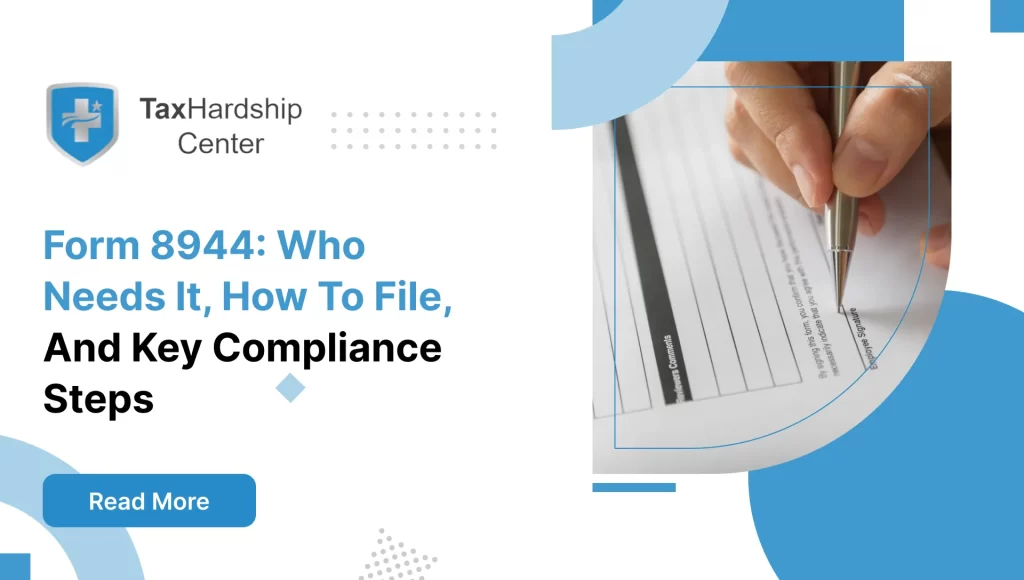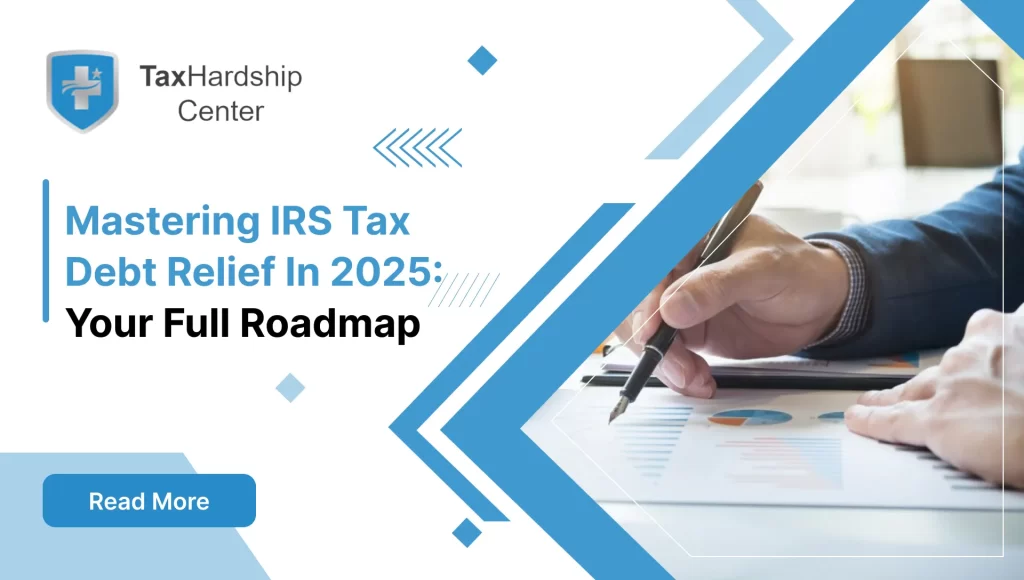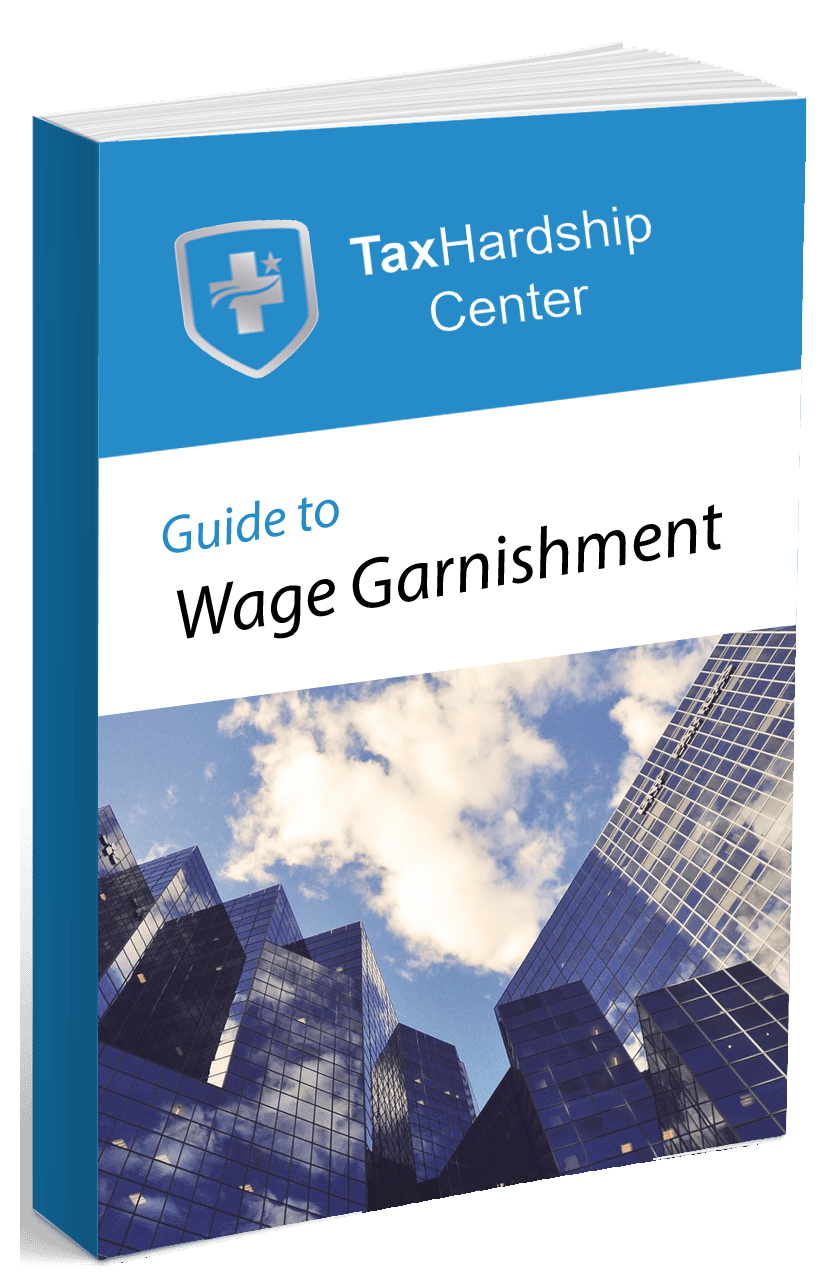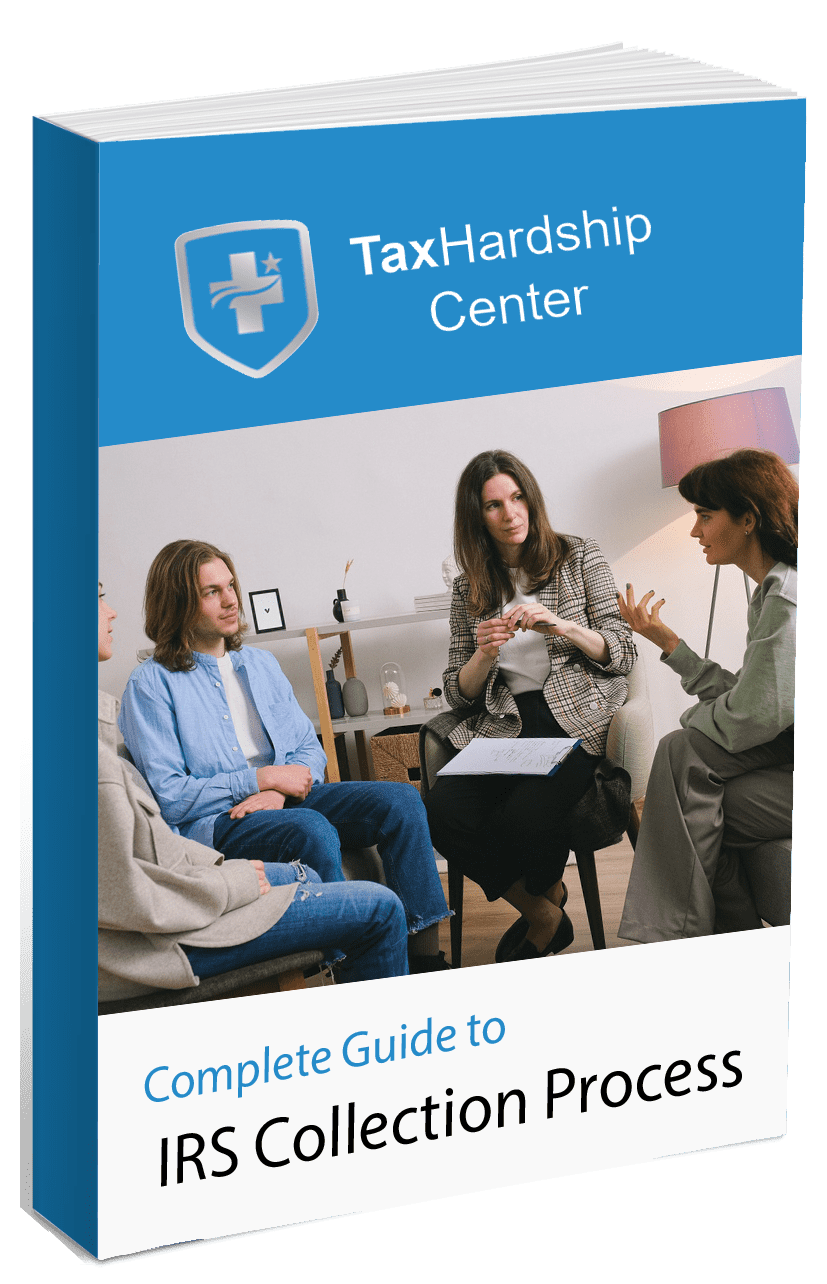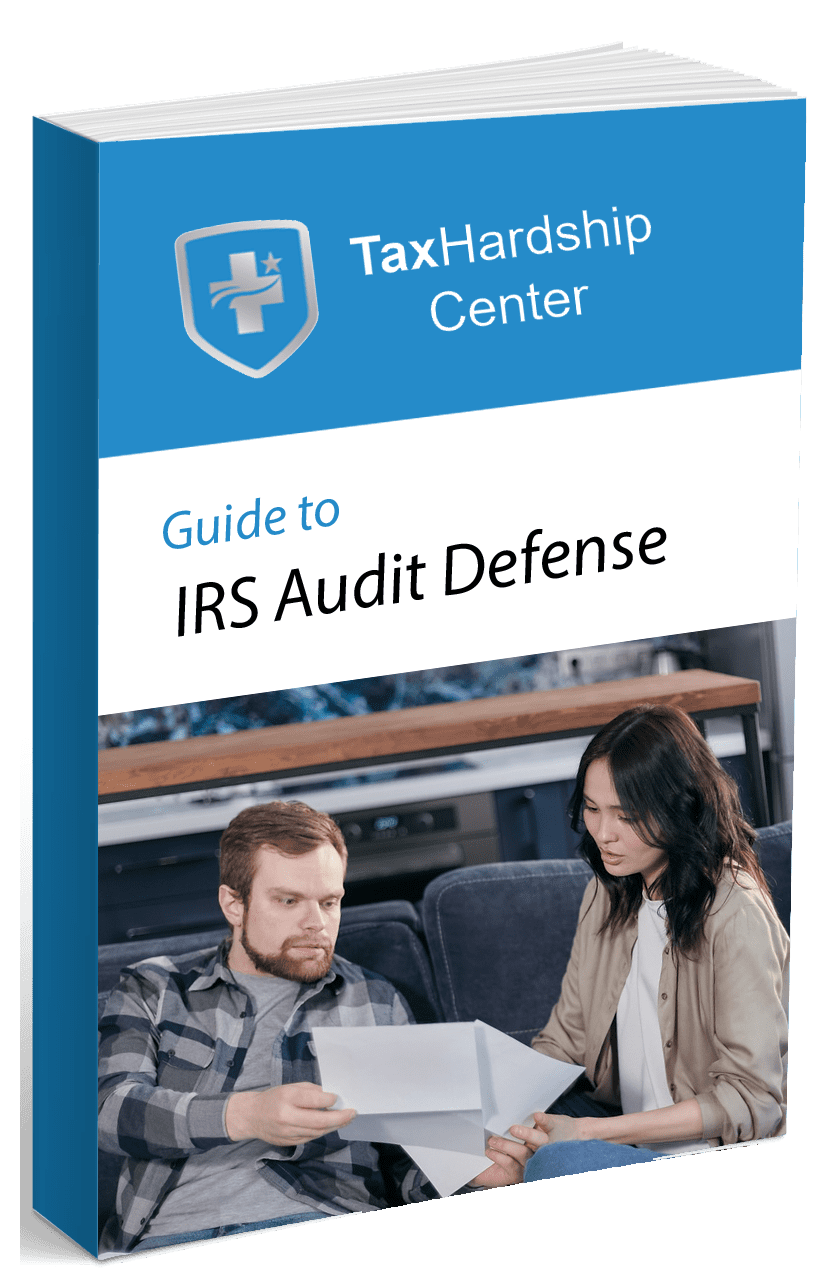The 8944 form holds a vital place in the world of tax compliance. It serves a specific purpose for taxpayers and professionals who must request a waiver from the e-file requirement. Whether you file taxes for yourself, assist clients, or run a business, it helps to learn the purpose of this form, how to complete it, and the best strategies for staying compliant. This guide sheds light on Form 8944’s background, filing timelines, potential pitfalls, and the resources you can use for a more confident approach to your IRS responsibilities.
An Overview of Form 8944
Form 8944 is a petition for certain professionals to obtain a waiver from electronic filing. The IRS typically requires many returns to be filed electronically, but certain filers may encounter legitimate challenges in doing so. In such situations, Form 8944 comes into play as an official request for permission to file paper returns instead.
Form 8944 typically applies to tax return preparers and others who may have a valid reason to forgo e-filing. While the IRS strongly promotes electronic filing to minimize errors and quicken the overall process, some filers face technical or resource-based constraints. Local internet issues, older software, and other factors might make e-filing burdensome or temporarily impossible. With an approved Form 8944, you can remain compliant even when faced with such obstacles.
Why and When Form 8944 Is Required
The IRS sets thresholds requiring certain paid preparers to file returns electronically, especially if they handle a high volume of returns. However, there are times when these individuals or firms cannot accommodate the e-file requirement. Maybe your software lacks the functions you need, or you lack the funds to make large technology upgrades right away. Alternatively, you may struggle with external problems such as limited internet service in rural areas. When you file Form 8944, you formally ask for a waiver so you can submit paper returns without incurring penalties.
The timing also matters. You should apply before filing affected paper returns. Filing a paper return without having an approved waiver in place could lead to penalty situations and further complications. If the underlying conditions persist, you might need to file a new Form 8944 each year until your capacity to e-file improves.
Brief Word on Professional Tax Support
If the 8944 form feels daunting, Tax Hardship Center provides guided support for tax filings and potential resolution strategies. They handle diverse client situations, including those who struggle with e-file mandates or require specialized waivers. To learn how they can streamline your filing process, visit https://www.taxhardshipcenter.com/.
Step-by-Step Guide to Completing Form 8944
Completing Form 8944 might seem straightforward at a glance, but the IRS expects thoroughness. Each line serves a distinct purpose, and accuracy helps ensure your waiver request is viewed favorably. Below is an expanded look at the main steps, with extra detail to clarify how each part works. Always rely on official IRS instructions for any special circumstances that may apply to your business or tax practice.
Identifying Information
In this section, you enter the name and address that the IRS has on record for you or your firm. If you are a paid preparer, use the name associated with your practice rather than a personal nickname or unregistered trade name. Double-check the spelling and ensure your house or office number is correct, as any mismatch can introduce unnecessary confusion or mailing delays.
The form also asks for your Employer Identification Number (EIN) or Preparer Tax Identification Number (PTIN). These unique IDs help the IRS match your request to their existing records. If you’ve recently updated your business structure or name, confirm that the IRS also has that updated information. An inconsistency here can slow processing or even lead to rejection.
Include a current email address and a reliable phone number if requested. Though Form 8944 is primarily a paper-based submission, having current contact details can help if the IRS needs to clarify something quickly.
Reason for Request
This portion asks for an explanation of why you are unable to file the returns electronically. The IRS will read this carefully to see if you have a legitimate hardship or practical barrier to e-filing. Provide a concise yet thorough explanation.
- Technical Barriers: If you can’t meet e-filing requirements due to outdated software or lack of necessary features, detail these specifics. Include references to any attempts to upgrade or any quotes you received illustrating why those upgrades exceed your current budget.
- Financial Constraints: If upgrading to an e-filing platform costs more than you can manage, consider including an overview of your annual revenue, the estimated cost of system upgrades, and any other budgetary constraints that hamper your ability to e-file. This level of detail underscores your sincerity.
- Local Infrastructure: If slow or unreliable internet service is common in your area, highlight how that impacts your work. Perhaps you tried to e-file in the past but encountered repeated errors or lost connections. Evidence of these recurring issues can bolster your request.
The IRS wants to see that your reasons are genuine and not just a matter of convenience. Being clear and factual supports your case.
Type of Returns Affected
Here, specify all types of returns you plan to file on paper. This can range from individual 1040 returns to corporate 1120 returns, depending on your client base or the nature of your business.
- If you only need a waiver for certain specialized returns, list them by form number and title.
- If you anticipate filing multiple types of returns on paper, provide a complete list so the IRS understands the full scope of your exemption request.
Avoid being vague. If your request covers broad categories of returns, say so. If you only file a small handful of specialized returns, spell that out. The IRS will judge your need based partly on the volume and nature of the forms you expect to file.
Signature and Declaration
The final section requires your signature as the person responsible for the request. By signing, you certify under penalty of perjury that your statements are true and complete. If you are representing a business, the signatory should be the individual authorized to make official decisions on behalf of the company.
- Authorized Officer: If you own your firm, you usually serve as the signatory. If you work for someone else, confirm you have proper authority—like a Power of Attorney (POA) or a clear designation within the business—to sign tax documents on its behalf.
- Date: Record the exact date of signing. An undated or incorrectly dated form might raise red flags and delay review.
- Contact Details: While not always required, providing the best way for the IRS to reach you can expedite any necessary clarifications.
A missing signature is one of the simplest yet most common reasons for denial. Double-check before you finalize.
Common Errors to Avoid
Even if you carefully fill out the form, certain pitfalls could derail your efforts. Being aware of these helps you submit a more convincing, error-free package.
Incomplete or Inaccurate Identifying Details
The IRS matches your Form 8944 with its existing databases. Even a minor typo in your EIN, PTIN, or business name can cause confusion. If you changed business names, updated your legal structure, or moved to a new location, ensure the IRS has those changes on file before you send the form.
Insufficient Explanation
Saying “unable to file electronically” isn’t enough. You must show a genuine reason. Provide supporting facts, examples, or brief statements of cost or technical data. The more clearly you explain your situation, the less likely the IRS is to doubt the validity of your request.
Missing Signature
Forgetting to sign or having the wrong individual sign is an easy way to trigger a denial. Always confirm you have the correct signatory. Double-check the date, too, since an error here can create a mismatch between your documentation and the filing timeframe.
Late Submission
Submit Form 8944 before filing any returns in paper format. If you attempt to file paper returns without a waiver on record, you risk penalization. Generally, it’s wise to file Form 8944 as early in the tax season as possible, especially if you anticipate needing time to coordinate with the IRS.
Consequences of Incorrect Filing
Not filing Form 8944 or making serious mistakes can lead to multiple complications:
- Penalties: If you were required to e-file but didn’t do so (and lacked a waiver), fines or other sanctions may apply.
- Delays: Paper returns without an approved waiver may face extended processing times.
- Rejection of Paper Returns: In severe cases, the IRS can decline to process paper returns outright if it believes the filer never qualified for an exemption.
- Increased Scrutiny: Repeated errors or oversight might attract closer examination from the IRS in future filings.
These outcomes reinforce why thoroughness on Form 8944 matters.
Where to Send Form 8944 and What Happens Next
Always consult the official instructions for the most up-to-date mailing address. The IRS might change where certain forms go depending on internal reorganizations or the type of return. Sending the form to the wrong address can add weeks to your wait time.
After you mail Form 8944, the IRS examines your request. Some factors that influence review time include the complexity of your case and the volume of similar requests at that time. An approval or denial notice typically follows via mail. If you’re approved, file paper returns as stated; if denied, consider whether new details or professional advice can help you reapply.
Subtle Ways to Stay Organized and Compliant
Tax obligations can become simpler if you take a proactive, organized approach. Even if you’re filing a waiver, record-keeping and systematized routines help you respond quickly to any IRS questions.
Documenting Your Reasons
If you base your exemption on financial constraints, keep estimates or proposals from software vendors showing upgrade costs. If connectivity is the issue, save evidence of service outages, error logs, or communications with internet providers. Such documentation strengthens your argument if the IRS requires proof.
Reviewing Each Year
Because the IRS might not grant indefinite waivers, evaluate your situation each year. If you correct the issue that triggered your hardship, you may need to shift to e-filing. Alternatively, if your circumstance persists, be prepared to submit a new Form 8944 to remain compliant.
Best Practices and Tips for a Smooth Waiver Process
Approaching the Form 8944 waiver request with proper planning pays off. Small but meaningful actions can boost your chances of success and ensure you maintain good standing with the IRS.
Gather Documentation Early
Time spent assembling relevant proof pays dividends. If you know you’ll cite software incompatibility, gather system specs or quotes from new vendors ahead of time. If low internet bandwidth is your barrier, keep logs or confirm service limitations through your provider.
Check IRS Updates
Before mailing anything, verify you have the latest IRS instructions. Addresses, form revisions, and guidelines can shift from year to year. Relying on outdated data might lead to mailing delays or misfilings.
Proofread Thoroughly
Common errors range from misspelled names to skipped lines. Give your completed Form 8944 a final read, making sure every question is addressed and your narrative is consistent. This extra check minimizes the risk of simple oversights.
File Early
Submitting your waiver request well before taxes are due provides a cushion if you need to clarify anything. Early filing also reduces stress and avoids last-minute scrambling to correct mistakes.
Keep Records of Communication
Keep copies of every letter or form you send to the IRS. When you call them, note the representative’s ID, the date, and the contents of your conversation. This record can help clear up any confusion down the line, especially if you need to appeal a denial or re-submit Form 8944.
Overcoming Common Hurdles
You might run into various complications, especially if you haven’t dealt with e-file requirements before or your circumstances recently changed.
Changing IRS Standards
The criteria for who must e-file can shift as tax laws and regulations evolve. For instance, the threshold of returns that triggers mandatory e-filing can rise or fall. Keep informed of these changes, especially if your volume of returns is close to the cutoff.
Technological Barriers
Some small firms or solo practitioners may rely on older systems. Upgrading software can be expensive, and local internet might be unreliable. Form 8944 is intended to be a short-term solution in these situations. The IRS generally expects you to look for ways to address the underlying issues if feasible.
Lack of Awareness
Occasionally, taxpayers assume they can file paper returns without any special procedure. They only learn about Form 8944 after the IRS notifies them of potential penalties. Understanding your obligations upfront helps you avoid these surprises.
Over-Reliance on Third Parties
Even if you outsource much of your tax preparation, you remain accountable for compliance. If your preparer hits a snag with e-filing or fails to notify you that you need a waiver, the responsibility ultimately still falls to you. Make sure the preparer is knowledgeable about Form 8944 and its regulations.
Real-World Examples and Scenarios
Imagine a small accounting office in a region with frequent internet outages. The staff tries e-filing but often ends up with incomplete transmissions. They compile error logs demonstrating these repeated failures and submit a Form 8944, explaining that their local infrastructure makes consistent e-filing nearly impossible. By offering clear evidence, they show they have a genuine challenge that warrants a waiver.
Similarly, a veteran tax preparer might rely on older tax software that doesn’t support modern e-file standards. The cost to upgrade may be several thousand dollars, which they cannot afford in the short term. Submitting Form 8944 along with a budget breakdown and software vendor quotes demonstrates the financial hardship involved.
Planning Ahead for Future Filing Requirements
While Form 8944 helps address immediate constraints, it’s usually better to plan for a future where e-filing becomes possible. This proactive mindset can save you from needing a waiver year after year.
Software Considerations
Explore new tax software or cloud-based solutions that might be less expensive than you expect. Some providers offer deals for smaller practices, which could lower the financial burden of upgrading.
Budgeting for Upgrades
If cost is your central barrier, treat technology improvements like a planned investment. Allocate funds over time instead of paying in one lump sum. This strategic budgeting prevents sudden sticker shock and aligns with the IRS’s broader push toward electronic filing.
Training and Education
Sometimes the biggest hurdle is that staff lack experience with modern e-filing tools. Investing in training can have a transformative effect, improving accuracy and efficiency overall. Workshops, online courses, or even in-house mentoring can foster a smoother transition.
Conclusion
Form 8944 offers a lifeline when electronic filing simply isn’t feasible for certain tax return preparers or businesses. By detailing every reason clearly, completing the form with precision, and filing it on time, you boost your odds of earning a waiver. When done properly, this approach keeps your relationship with the IRS positive.
Still uncertain about how to present your case or worried you might miss a detail? It can be wise to consult a reliable tax professional. They can help review your paperwork, recommend technology solutions, and confirm that your Form 8944 meets IRS standards. Maintaining diligence at every step not only helps in securing the waiver but also sets a solid foundation for future tax seasons.
Why Tax Hardship Center?
1. Hassle-Free Assistance:
Say goodbye to sleepless nights and endless tax-related stress. At the Tax Hardship Center, we believe in simplifying the complex. Our team of experts is dedicated to guiding you through every step of the process, ensuring that your tax concerns are met with precision and care.
2. 14-Day Money Back Guarantee:
We’re so confident in our ability to ease your tax worries that we offer a 14-day money-back guarantee. If you’re not satisfied with our service for any reason, we’ll gladly refund your investment. Your peace of mind is our top priority!
3. Free Consultation:
Are you curious about how we can transform your tax experience? Book a free consultation now! Our team will assess your situation, answer your questions, and provide free insights tailored to your needs.
4. Nationwide Coverage:
No matter which corner of the United States you call home, the Tax Hardship Center covers you. We proudly serve all 50 states, bringing our expertise to your doorstep. Wherever you are, our commitment to excellence follows.
FAQs
1. Who typically needs to file Form 8944?
Tax preparers and certain professionals who handle a significant number of returns yet can’t meet e-file requirements typically need Form 8944. The IRS has thresholds for mandatory e-filing, so those who exceed them but can’t e-file due to technical or financial barriers may qualify for a waiver.
2. Is Form 8944 limited to one type of tax return?
No. You can request a waiver for different return types, including individual, corporate, or partnership returns, as long as you specify them clearly and show valid reasons why you cannot e-file in each category.
3. Do I need a waiver every year?
In most situations, yes. If your circumstances don’t improve—like if you still have no reliable internet or if your budget remains too tight for software upgrades—you’ll likely need to reapply each year. The IRS seldom grants permanent waivers, so be ready to show that your original condition persists.
4. What if the IRS denies my Form 8944 request?
A denial can happen for several reasons, including incomplete details, lack of evidence, or suspicion that you could e-file if you made modest improvements. If you receive a denial, address the issues the IRS raises. This might mean adding more details in a reapplication or consulting a professional to help you craft a stronger case.
5. Can individuals who are not professionals file Form 8944?
Generally, Form 8944 targets paid preparers or entities subject to e-file mandates. Individual taxpayers who aren’t required to e-file under professional thresholds usually don’t need a waiver. Always check official IRS guidelines to confirm your specific obligations.

